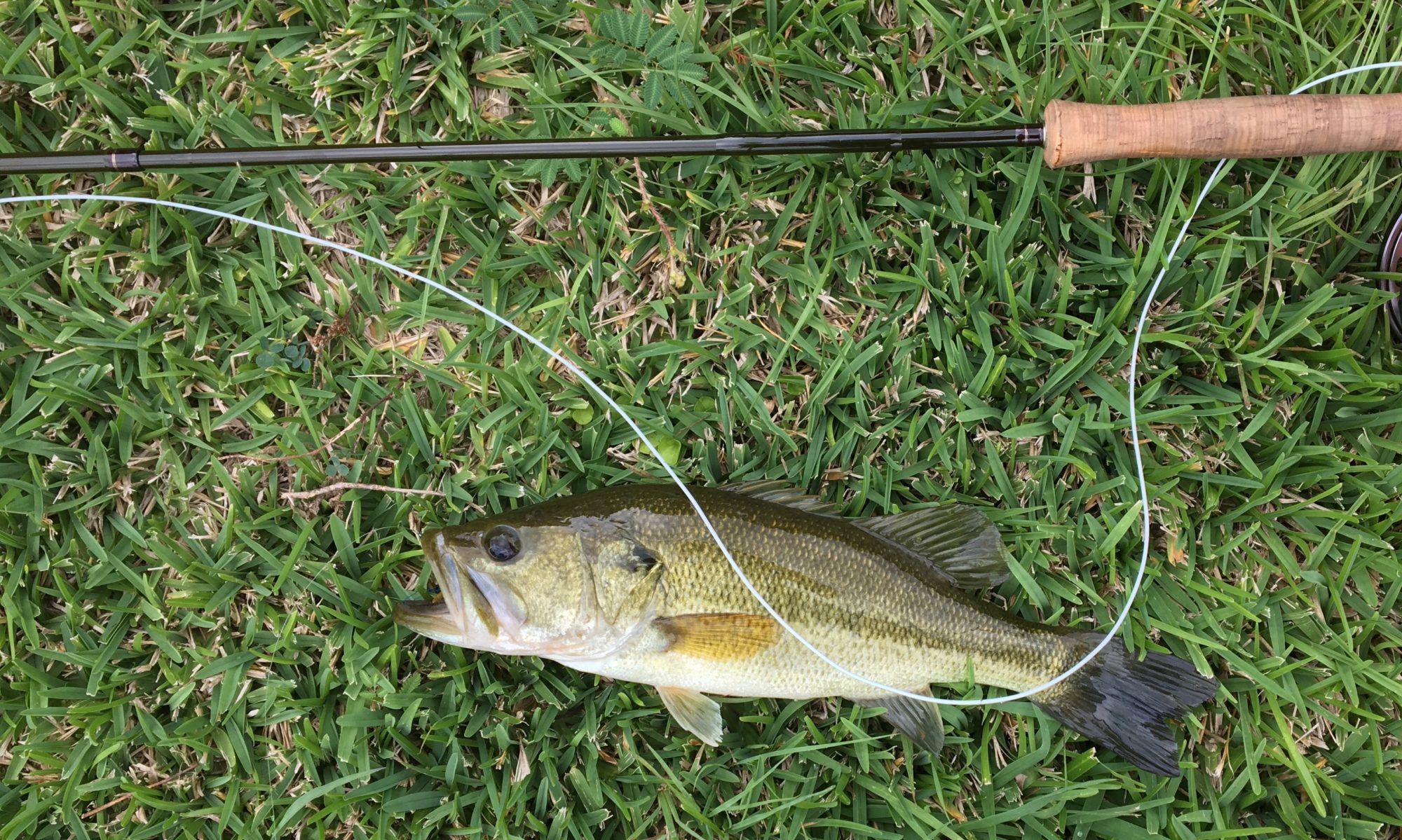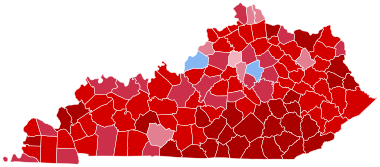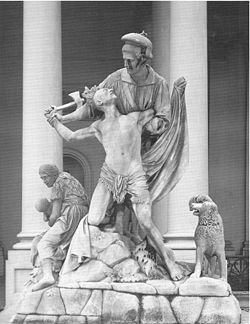Gear
We fished with Bert Ouellette on the Housatonic River, and mostly we fished with Bert’s stuff. We had rods, but Bert said we’d use our rods, a 5-wt for Kris and 6-wt for me, for dry flies. we never fished dry flies, so we never used our stuff.
Instead we fished Bert’s 6-weights, good Orvis Recon and Orvis Helios 3 rods, with sinking lines for bait-fish streamers and a complex leader at the front of a floating line for deep underwater nymphs. For non fly-fishers, I could go into endless detail about all this but your eyes would glaze and you’d wonder off to the kitchen to see what’s in the icebox. It’s not worth the explanation. Leave it be that they were very good rods, set up in pretty sophisticated ways for fishing the river as well as we could fish it. It all worked.

We were fishing out of a drift boat, and never waded in the river, but it was raining the first day so we wore our waders as rain gear. Because we had studs in our boots–think hob-nailed boots, but with screw heads, not nails–we didn’t wear our boots in Bert’s boat. Since we never got out of the boat, neoprene stocking feet were fine.
I’ll only indulge in one bit of fly fishing arcana. At the end of the second day Bert told me that his dry fly leader–remember, we didn’t get to fish dry flies–was usually 25-feet long. The leader is the (usually) nine feet of monofilament line that attaches to the end of the thick plastic-covered fly line. The fly line is the heavy part of the whole business that actually casts, and the leader connects the fly to the fly line. I’m usually feeling mighty lucky if I can cast 25 feet of the fly line, and Bert was fishing 25 feet before he reached the line. He promised to send me the formula, and when I get it, I’ll look at it and gape. I doubt that I’ll ever be brave enough to fish a 25-foot leader.
Restaurants and Inns
In northwestern Connecticut, we were in the land of the cute country inn. There was a cute tiny town every 15 miles or so, with some cute restaurants, and some cute shops selling electric bicycles or Shaker furniture, and a pretty covered bridge and then another pretty covered bridge and some charming barns, and all of it with just a whole lot of charm and prettiness and cuteness and smartness.
I keep a running list of places to stay or eat or fish in different states, and the White Hart Inn, Salisbury, Connecticut, was on my list, probably cadged from some magazine article that caught my eye, and it was near enough to the Housatonic for us to stay there.

The original part of the Inn was built as a farmhouse in 1806. Here’s the Inn’s description from its website:
The property features 16 guest rooms, three dining rooms, a taproom with a full-service bar, two outdoor dining patios, a large porch with drink service, a ballroom and café. The artwork of Jasper Johns, Frank Stella, Terry Winters, Donald Baechler, Hugo Guinness and Duncan Hannah is displayed throughout the premises.
I have to admit, I’ve got no clue who Terry Winters, Donald Baechler, Hugo Guinness, or Duncan Hannah are, but I’m certain it’s my loss. What’s worse is that I noticed none of the artwork displayed through the premises. I did have two great dinners in the restaurant, and it was a completely cute and smart and charming place. Score.

Fly Shops
There are no fly shops in northwestern Connecticut. Bert said there was one, but then one day it was open and then the next day it was closed. I’m going to use that as an excuse to tell you about the fly shops we visited in New York.
We started the trip at Joan Wulff’s casting school in the Catskills, near Livingston Manor, New York. There are actually two nearby towns, Livingston Manor (which has its annual Trout Parade), and Roscoe (“Trout Town USA“). Look, I’m a relatively unsophisticated trout angler, and always feel that if I catch a trout, the fishing gods for some peculiar reason have smiled on me for my innocence and devotion. The Catskills though are the area where American trout fly fishing developed, and reached a level of sophistication that still defines the sport. The Catskills have had other things going on–Jewish Borscht Belt humor for instance, and Hudson River School painting. In recent years it’s become a destination for Brooklyn hipsters seeking a weekend in the woods. But trout, and fly fishing, have been the area’s mainstay for 150 years.

In Roscoe, New York, there are three fly shops on one street. Roscoe, population 541, has almost as many fly shops as Houston, population 3 million. In Livingston Manor, just up the road from Roscoe, there is Dette Fly Shop (which actually moved to Livingston Manor from Roscoe). Dette opened in 1928, and inside it looks exactly like a fly shop from Diagon Alley. It’s now owned by the third generation of Dettes. I’ve been tying flies for Alaska, and had a list of obscure materials that I couldn’t find in Houston. Dette had it all, and the counter help led us down aisles packed with obscure bits of fluff and feathers to find a dozen different colors of the very thing crammed into a bin stacked underneath another bin.
It was highly entertaining, and going there and looking at the place is a pilgrimage for every fly fisher. It was so packed with stuff that they displayed fly rods on the ceiling because there was otherwise no space. On. The. Ceiling.

Charles Ives, Wallace Stevens, and Mark Twain
I ran into Charles Ives and Wallace Stevens–figuratively, not literally–at roughly the same time, in Mrs. Miller’s American Literature class my junior year in high school. She played The Unanswered Question in class for us, and ever since I’ve had a fondness for Ives. I don’t think it’s misplaced, though Kris would disagree. She found the number of Ives pieces I had on my Connecticut playlist annoying.

Me on the other hand, I love Ives. I love listening for the Easter eggs in his music, and the complications, and the moments of intense serenity. I read once that Ives is hard for musicians because of the dissonances, rhythmic tumbles, and linear incoherencies. To me that’s the fun of it, but I did download a lot of Ives.
Ives was born and raised in Connecticut, attended Yale, then owned and ran an insurance agency in New York. He is considered the originator of modern estate planning, at least by Wikipedia. He wrote his music in obscurity, but was wealthy enough to be a New York music patron and to fund, from time to time, performances of his music. He wrote music for 20 years, then more or less stopped. He may be the fifty states’ most significant composer. Me, I just find the notion of two marching bands in the town square playing different tunes at the same time completely believable, and delightful.
Stevens, on the other hand, is a different kettle of fish. He was born and raised in Connecticut, attended Harvard, then worked as an insurance company lawyer in Hartford. Does this sound familiar? His poetry is obscure and difficult. Does this sound familiar? I had to write an essay about the Emperor of Ice Cream.
Take from the dresser of deal,
Lacking the three glass knobs, that sheet
On which she embroidered fantails once
And spread it so as to cover her face.That essay still embarrasses me. Did Mrs. Miller think that a 15-year old would understand what death has to do with a roller of big cigars from the preceding verse, or concupiscent curds? I didn’t, but I take comfort now in knowing that even though I like the poem, and could probably recite it by memory with a wee bit of preparation, I still have little clue what’s going on.
Stevens was apparently kind of difficult. There is the famous punch-out of Stevens in Key West by Ernest Hemingway, instigated by a probably drunk Stevens, but better still is the famous put-down of Stevens in Key West by Robert Frost, whose poetry is, at least, mostly comprehensible:
“The trouble with you, Robert, is that you’re too academic.”
“The trouble with you, Wallace, is that you’re too executive.”
“The trouble with you, Robert, is that you write about– subjects.”
“The trouble with you, Wallace, is that you write about– bric-a-brac.”
Bric-a-brac. Was there ever a harder slam? And it was, after all, a sheet on which she embroidered fantails once. If that ain’t bric-a-brac, what is?

Anyway, for 50 years I’ve off and on tried to read Wallace Stevens with some comprehension, appreciation, and intelligence. I’m a failure. Sometimes there are moments of brilliance that make it through to my small brain–“death is the mother of beauty“–sometimes there are moments of sublimity–“for she was the maker of the song she sang./The ever hooded, gesturing sea . . . “–but mostly I’m just stupidly baffled. I should give it up, but I probably won’t.
Mark Twain, an adopted Connectician, wasn’t born in Connecticut, and didn’t attend either Harvard or Yale. He did move to Hartford in 1873 and became a director of the Hartford Accident Insurance Company. As a director he gave a brilliant speech on the importance of accident insurance:
Certainly there is no nobler field for human effort than the insurance line of business–especially accident insurance. Ever since I have been a director in an accident-insurance company I have felt that I am a better man. Life has seemed more precious. Accidents have assumed a kindlier aspect. Distressing special providences have lost half their horror. I look upon a cripple now with affectionate interest–as an advertisement. I do not seem to care for poetry any more. I do not care for politics–even agriculture does not excite me. But to me now there is a charm about a railway collision that is unspeakable.
Mark Twain, Speech on Accident Insurance, 1874.
Unlike that other Hartford insurance man, Wallace Stevens, Mark Twain is mostly comprehensible.
Pizza
New Haven is particularly famous for its pizza. Bert said we had to have the pizza on our way back to LaGuardia, and said that since we wouldn’t go through New Haven we should stop at the Frank Pepe’s in Danbury. Frank Pepe is credited as the originator of New Haven style pizza, The Guardian claims that the original Pepe’s pizza in New Haven is the best in the world, and The New York Times says that even the Pepe’s outlets are consistently good.
We ate at the Danbury outlet. It was the best pizza I’ve ever eaten. Dear Lord, please let me eat that pizza at least once again.
I’d show you a picture of the pizza, but we ate it before we thought about a photo. I did get a picture of the box.

Where We Didn’t Go
I’d like to have visited the Mystic Seaport Museum. Maybe when we go back to Rhode Island we’ll sneak across the border.
Playlist
Charles Ives, of course.
Did you know the Carpenters are from Connecticut? Karen and Richard. My senior year in high school, they had to be the most popular singers in America, and I thought then that if I never heard Close to You Again, my life would be richer for it. I despised them.

Look at that hair! The Carpenters’ hair is pretty remarkable too.
I suppose that I’ve mellowed since I was 17, but if I hadn’t gone to Connecticut I would never have heard Close to You again. And I was right. I would have been richer for it.
On the day that you were born the angels got together
And decided to create a dream come true
So they sprinkled moon dust in your hair of gold and starlight in your eyes of blue
Who can say those words with a straight face, or at least a crippling dose of irony. The only thing I can say is that there are worse things on a Connecticut playlist. Michael Bolton is also from Connecticut.
Laura Nyro is from Connecticut, and I love Laura Nyro. Sometimes the only thing better than Laura Nyro is listening to covers of Laura Nyro: And When I Die by Blood Sweat & Tears, Wedding Bell Blues by the 5th Dimension, Stoney End by Linda Ronstadt (ok, ok, and Barbara Streisand), Eli’s Coming by Three Dog Night . . . Such good stuff.

I came across an interesting Laura Nyro factoid, that after Al Kooper left Blood, Sweat & Tears, but before David Clayton Thomas, the band invited Laura Nyro to be the lead singer. She turned them down. Lordy, Lordy, what might have been.
The jazz pianist Horace Silver is from Connecticut, and there’s a very good big band song, Connecticut, that was recorded by Judy Garland and Bing Crosby, and by Artie Shaw. I liked the song Kylie from Connecticut by Ben Folds a lot.
Willie Deville of Mink Deville is from Connecticut, and after his punk phase he moved to New Orleans and recorded some terrific Americana, including covers of Spanish Harlem and Come a Little Bit Closer. John Mayer is from Connecticut, and is perfectly acceptable.
It was, all told, a pretty good playlist, though Kris got sick of all the Charles Ives.
I remember when Mrs. Miller played The Unanswered Question for us, she left me thinking that the question unanswered was something big, existential, the meaning of life and whatnot . . . When I hear it now I amuse myself by substituting other questions: Would you like to go to prom? What’s for dinner? Where did you fish? I guess those are pretty big questions too, and in my experience as like as not to be unanswered.
Guitar
I took the Kohno and played a good bit, especially on the front porch of the Beaverkill Valley Inn in New York, mostly trying to relearn a transcription of Cadiz by Albeniz. Bert promised that he would send a decal for my guitar case, and I need to follow up.





























